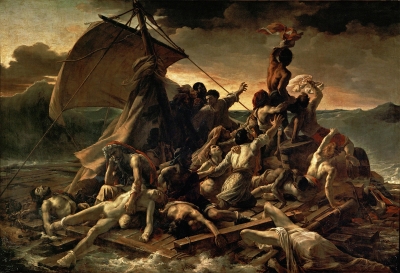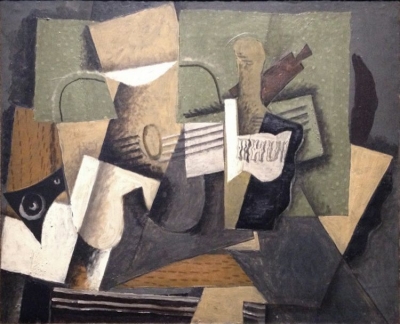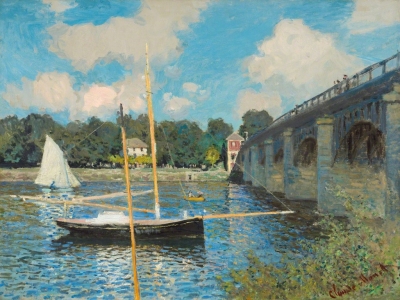
In the 1800s, when the Industrial Revolution began to change the way people had lived their lives for centuries in Europe, it created an intense longing for the past among some. This gave birth to Romanticism, which brought to the fore the feelings of artists and how they expressed it, as opposed to creating within a definite set of rules. It was used mostly in art, literature and music.
It began to take shape in many countries in Europe, and emotions, nature and the past were gloried in paintings through bold brushstrokes. It used an intense emotion to create something authentic and new. Terror, awe, grief and horror were other strong emotions artists played with at this time.
Artists aimed to evoke the sublimity and raw beauty of nature and things gone by. And unlike the Rationalist movement, which aimed to stay close to the present, Romantic artists always looked back, elevating folk and myths to antiquity, in the hope that they could escape the early urbanism of the industrial Revolution. This, indirectly, also stoked nationalistic ideals among the people.
The movement was named Romantic during the 18th century in England and France –‘Romantique’(French), meant beautiful scenery or in general, the praise of a natural phenomenon such as sunsets. And since the art movement placed a lot of emphasis on nature and its beauty, the name stuck on.
But if one were to define what the movement really was, poet and critic Charles Baudelaire put it rather succinctly in 1846-“Romanticism is precisely situated neither in choice of subject nor in exact truth, but in a way of feeling”.
Examples of Romantic art:
Wanderer above the sea of fog: Painted in 1818 by Caspar David Friedrich, considered the most important German romantic artist, the painting shows a man is formal clothing standing on top of a mountain of rocks with his back to the viewer. The viewer can see a thick blanket of fog and his contemplative body language. The artist aims to show how small humans are in comparison to the grandness of nature.
The Raft of the Medusa: Medusa was a ship that fought in the Napoleonic wars. It survived them all but crashed in 1816 in a sandbank while transporting people to Senegal. The 400 people in it were forced to evacuate and over 150 of them set said on a small raft. They went through many ordeals and 13 days later, when the raft was found, only 15 men were alive. The artist Theodore Gericault studied the scandal and created this masterpiece. This painting is considered one of the most iconic in French Romantic art.
Liberty Leading the People: Liberty is a folk goddess in French culture – not only is she goddess but also women of the people. And so, during the French revolution, she was personified in many works of art. This painting by EUGENE Delacroix commemorates the July revolution of 1830 in which king Charles X was overthrown. Here, Liberty is leading the people of France to victory. The goddess also inspired the Statue of Liberty in New York.
Picture Credit : Google


